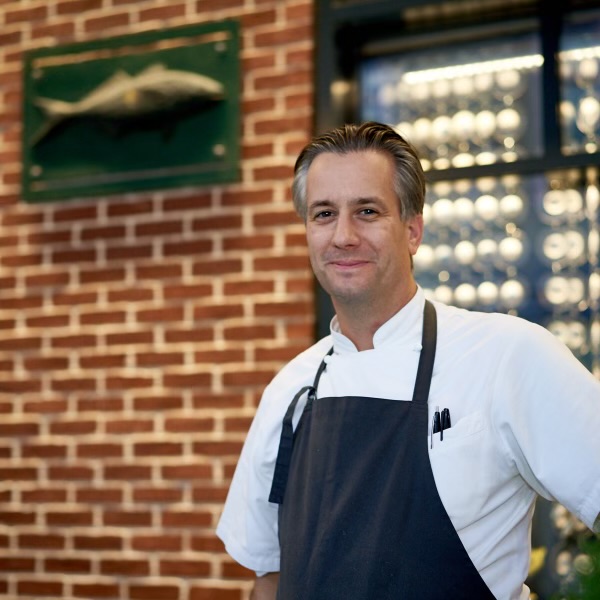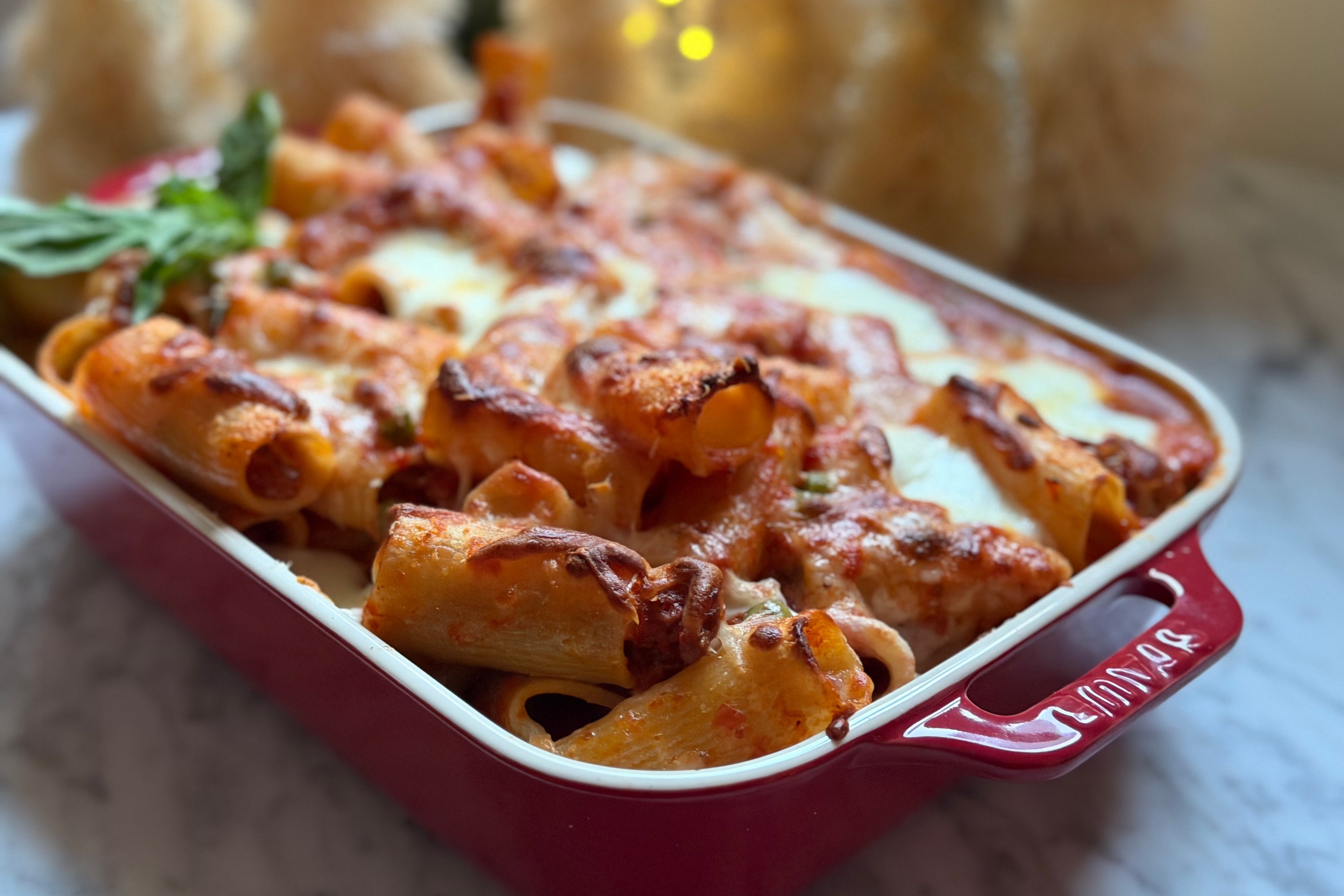The Leopard at des Artistes is among the finest Italian restaurants in New York City. Housed in the Hotel des Artistes on the bucolic corner of W. 67th Street and Central Park West, in an elegant dining space famously occupied for nearly a century by the Café des Artistes, its walls are still adorned by nine exquisite murals collectively called “Fantasy Scenes with Naked Beauties” (painted in the 1920s and ’30s by Howard Chandler Christy). The beauty of the contemporary experience, though, is not the eroticism on the walls, nor the storied history of the confines, but the reality of the cuisine expertly prepared by Executive Chef Jordan Frosolone. Riffing on the artist motif, we think of Jordan as akin to Miles Davis, a master of technique with encyclopedic knowledge who hits just the right number of notes to create blissful harmony.
With a new fall menu recently introduced at The Leopard, we sat down with Jordan among the titillating murals to talk about the specific new dishes and staples while also exploring his approach to sublime Italian cuisine.
Tell us about the new fall menu at The Leopard.
Obviously, it’s based on the seasonality of the food that's available here in New York. There are some dishes that kind of transcend the menu throughout the season, so there's a number of dishes that have remained the same.
What are the most coveted standbys?
There's a lobster pasta. There's a duck pasta. There is a sformato that we always run — it's cream, eggs, Parmigiano, and black truffles, basically a black truffle custard — but the vegetable component changes based on the season. Right now, it sits on a bed of butternut squash puree.
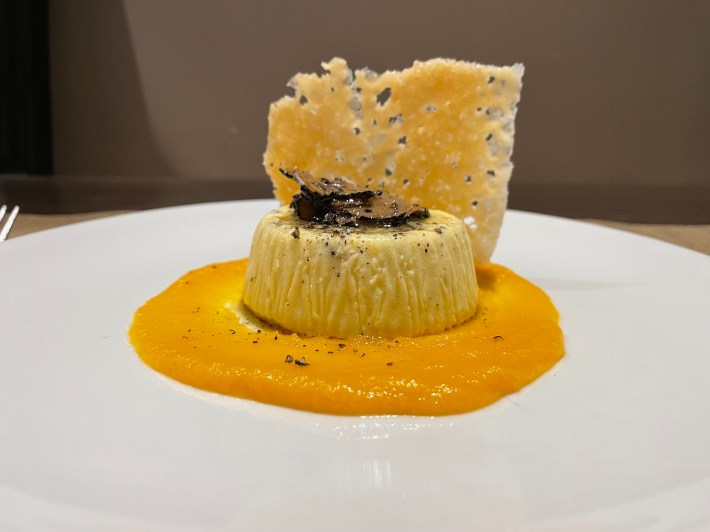
How would you generally describe the cuisine of The Leopard?
I would say it’s a very well-sourced menu with a large amount of the best products coming from Italy. The sourcing that we have with some of our purveyors and the products that we have access to really are the highlight of the menu. We get these amazing tomatoes with these amazing cheeses. And when they're not products that we're getting from Italy, we have really great relationships with local farmers from whom we're getting great vegetables, produce,t meat, and fish. So the best way to describe it is just really well-sourced, high quality ingredients that we try to simply prepare and execute and deliver in the very simple way as Italians do.
So your job is easy.
My job is easy in that respect because I let the ingredients speak for themselves, so I think that's a valid point. I mean, to a certain extent, if you try to complicate it too much, you might ruin it. Right? Why would you try to mask the flavor or the quality of some of this food? So I try to make it a little bit easier, not in a lazy way, but in the sense that what we have really needs to be showcased for what it is. This includes trying to present the food in a way that is not complicated nor overwrought, but yet still has a style to it and a finesse to it.
But no tweezers.
No tweezers and just kind of easygoing in a lot of ways. But it has to have some sort of elegance to it, especially with being in New York and the experience we're trying to offer. I guess there's a lot of work in that, being able to execute it consistently and make it right and make it the same every single time. Because again, it's all about the ingredients. If it's not perfectly executed, it’s easy to recognize that something’s wrong.
So back to the fall menu, the beet salad is new. Yes?
Yes, the beet salad is a great example. It’s so beautiful and locally sourced, and we just add enough additional ingredients — robiolina cheese, hazelnuts, lemon — to round out the plate.
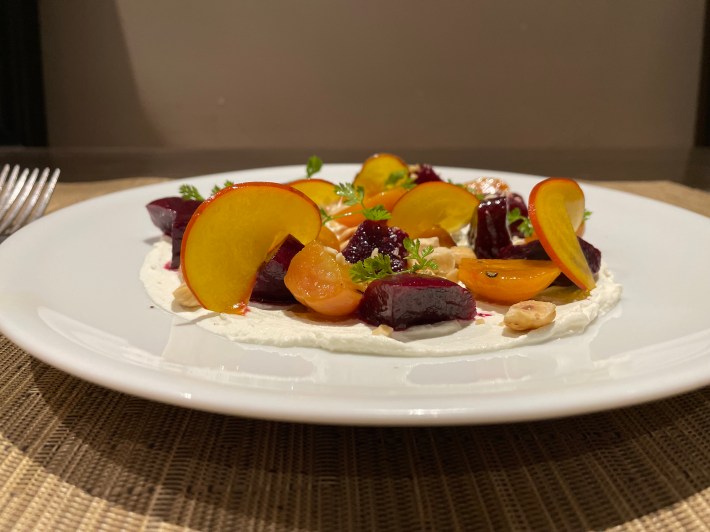
I assume there are truffles on the fall menu?
Oh, yeah. We have an agnolotti pasta filled with La Tur cheese, a three-milk cheese from Piemonte, that is served with Parmigiano butter and fresh black truffles and a little Parmigiano on top. It's very simple and really about the cheese, but it's rich, and it's bold to say the least.
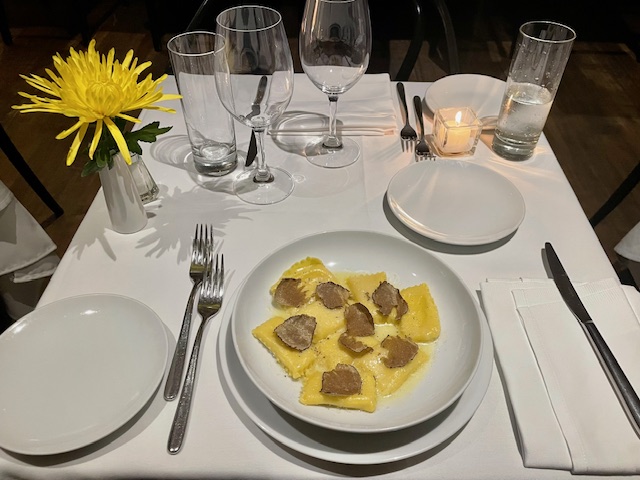
Is Parmigiano butter an example of your sourcing prowess?
That is a perfect example of it, and we seek to really highlight that ingredient and just let it speak for itself, as we let the cheese speak for itself. And, of course, the truffles. That's really what I've been trying to focus on, just to find these really great ingredients that we can showcase, and also try to keep it, on the other end of the spectrum, as local as possible. Fall is a great time in New York for types of squashes or beets, or cod or some other local fish that we can procure.
Speaking of fish, tell us about the new cod on the menu.
I’m really excited about this. It's cod with potatoes and Neapolitan-style peppers that are lightly pickled. It's nothing mind-blowing, but I think it's pretty recognizable and, when executed well, it’s delicious.
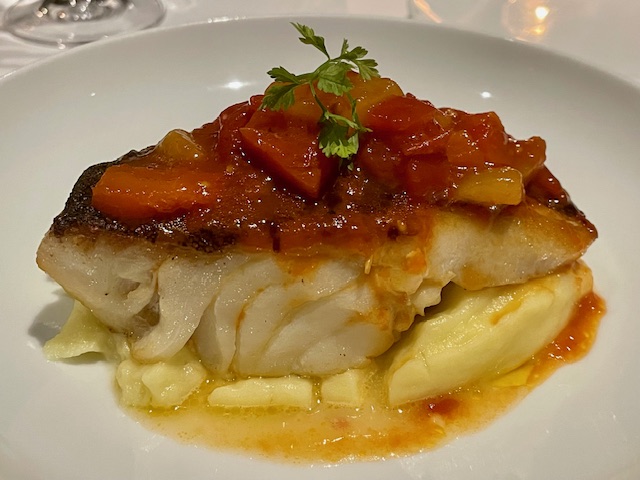
How would you regionally categorize the cuisine at The Leopard?
Well, it leans very heavily to the south of Italy throughout the year. Once the season starts to change here from summer to fall, our regional focus kind of naturally gravitates a little bit more towards northern Italian cooking because the food there is a little bit more in season with the seasons here in New York. So when there's squash and chestnuts and mushrooms and all of those things that are available here in the fall, those recipes and those ideas tend to be from the the northern part of Italy.
From how many regions do you source?
I wouldn't say every region, but probably 12 or 13, maybe more. A lot comes from Campania, but we get pastas from Le Marche. We get beans from Umbria. We get some cheese from Lazio. Some things from Valle d’Aosta. Obviously Piemonte and Emilia Romagna. We cover a lot of the country.
Which dishes, whether they're seasonal or year round, excite you the most that are on the menu now?
That's a hard question. I guess it depends on the day.
OK. What's the most fulfilling to prepare? When you plate it or when you see an order come through, and you are like, "Yes."
Right now I think that agnolotti dish is fulfilling. The cod is pretty fulfilling in my mind. I think the sformato to a certain extent because it seems to be a dish that not a lot of people are familiar with, but the response to it has always been very positive.
If a couple walked in here for the first time and said, "Tell Chef to select us three savory plates to share," what would you serve them?
I would probably start them with the sformato, if they were truffle fans. I would possibly give them the agnolotti, as well, but they both have truffles. If not the agnolotti, the lobster linguine is great. We have these amazing tomatoes from Vesuvius that are really particular. And depending on the guests, for the last I’d say either the cod or pork. The pork is with braised escarole and a cannellini bean puree and garlic. It couldn’t be more Italian.
Can I eat now?
Sure. What would you like?
The sformato, the lobster, and the pork.
Coming right up.
The Leopard at des Artistes, 1 W 67th St, New York, NY, 10023, 212-787-8767, theleopardnyc.com
